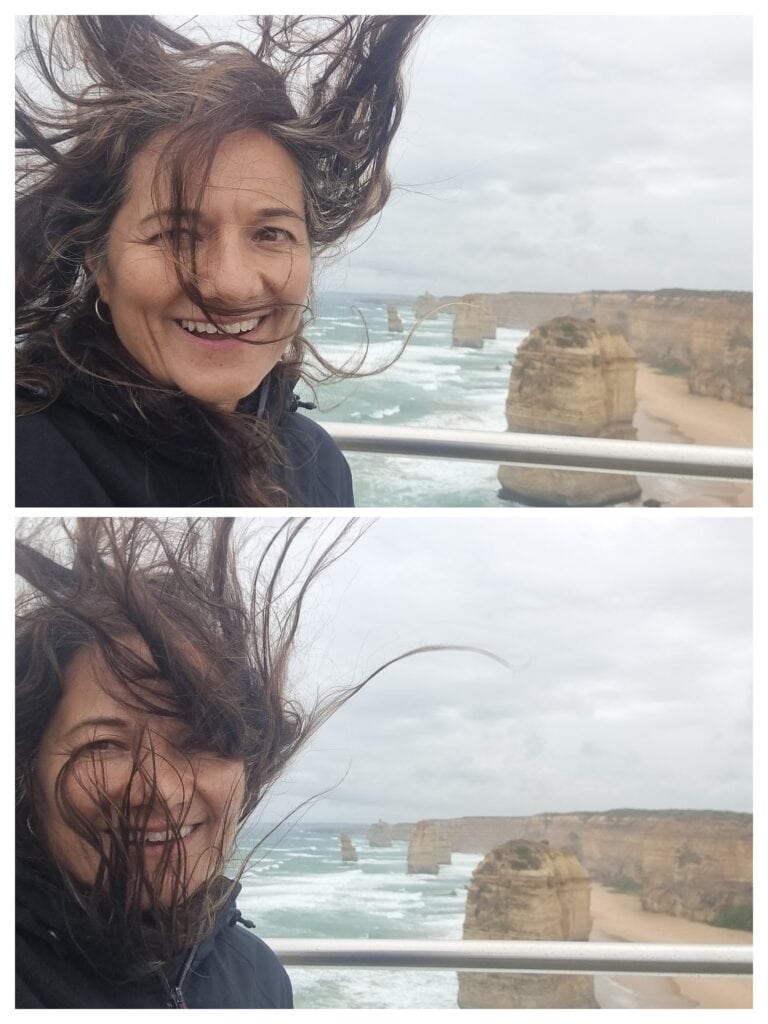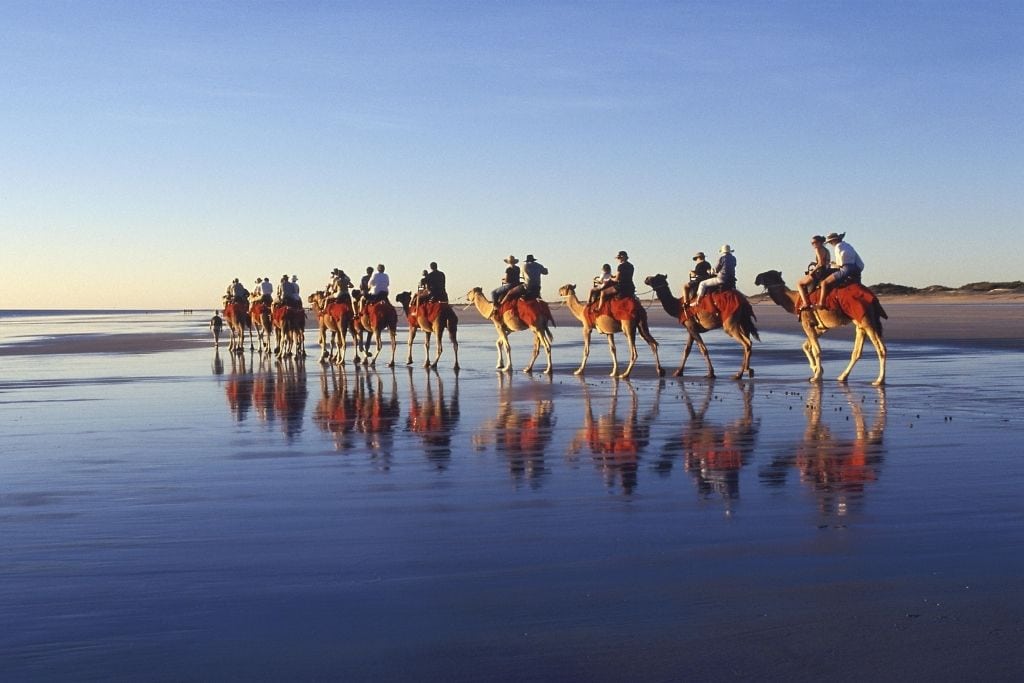Real advice for women traveling alone, from safety to self-discovery.
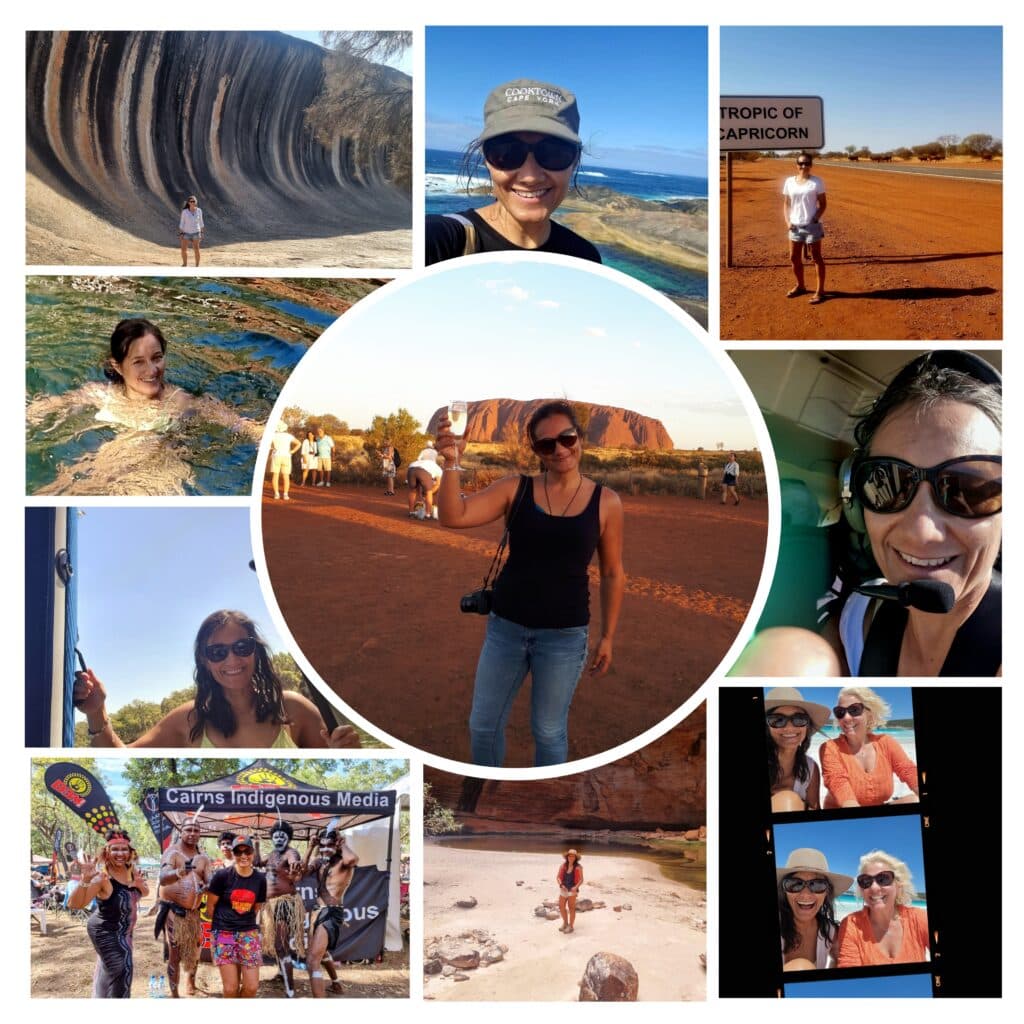
Why Solo Female Travel Is Worth It
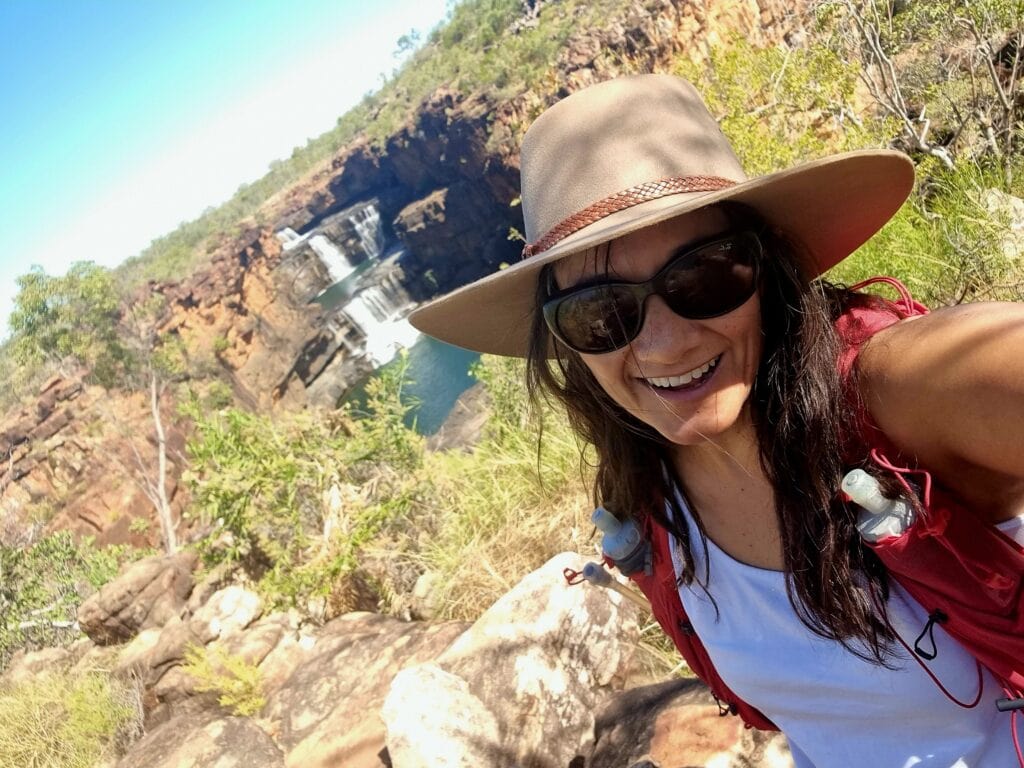

Traveling solo as a woman can be life-changing—but it also comes with unique challenges. After years of traveling extensively across continents and cultures, I’ve learned a lot—often the hard way.
From dusty backroads to unfamiliar cities, my journey has shaped not just how I travel, but how I see myself in the world. On The Insightful Odyssey, I share what I’ve picked up along the way—not as a guide who has it all figured out, but as someone who’s been there.
Let me pass on what I’ve learned. Whether you’re planning your first solo trip or your tenth, these 50 practical tips for solo female travelers cover everything from safety and confidence to packing and local connection.
Safety First
General Safety Tips
- Trust your instincts – If something feels off, it probably is. Don’t second-guess yourself. Trust your spidey senses.
- Avoid real-time posting – Wait to post stories after you’ve left a location. I often post weeks later.
- Stick to ATMs inside banks – They’re safer, especially during daylight hours. Don’t flash your money around as a life rule!
- Learn basic self-defense moves – Even simple techniques can make a difference. If you follow the other safety rules you may never need to use them.
- Share your itinerary – Let someone you trust know where you’ll be. My trusted peeps follow me on my Garmin GPS. I check in regularly via satellite message when off-grid to my emergency people.
- Carry a personal alarm or whistle – Easy to use, and draws attention quickly. My Garmin also has a location alarm that alerts my trusted contacts if something goes wrong. PLB is also useful.
- Stay in well-reviewed accommodations – Especially those recommended by other solo female travelers. TripAdvisor is your friend, and always read recent reviews. Don’t be surprised by where you end up—do a bit of recki beforehand.
- Use ride-sharing apps – Safer than hailing taxis off the street. In Australia, Didi and Uber are great for ride sharing
Extra Tips for Solo 4×4, Hiking, or Remote Travel
If you’re traveling solo in remote or rugged locations—whether hiking, boating, or 4WDing—extra caution is non-negotiable:
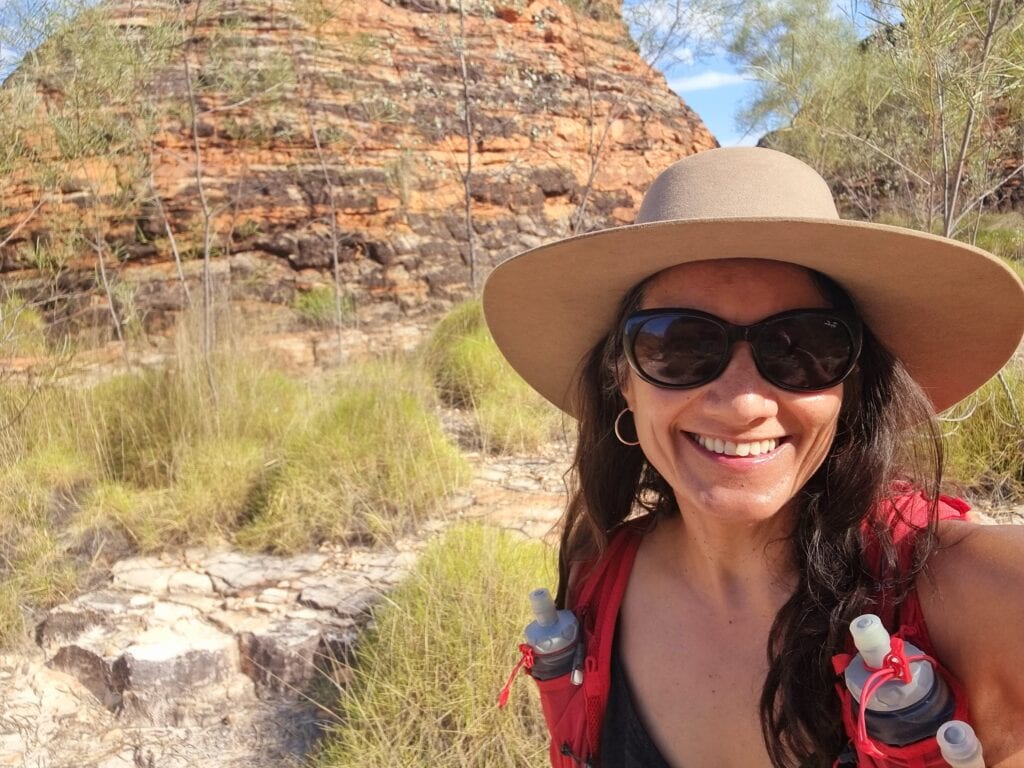
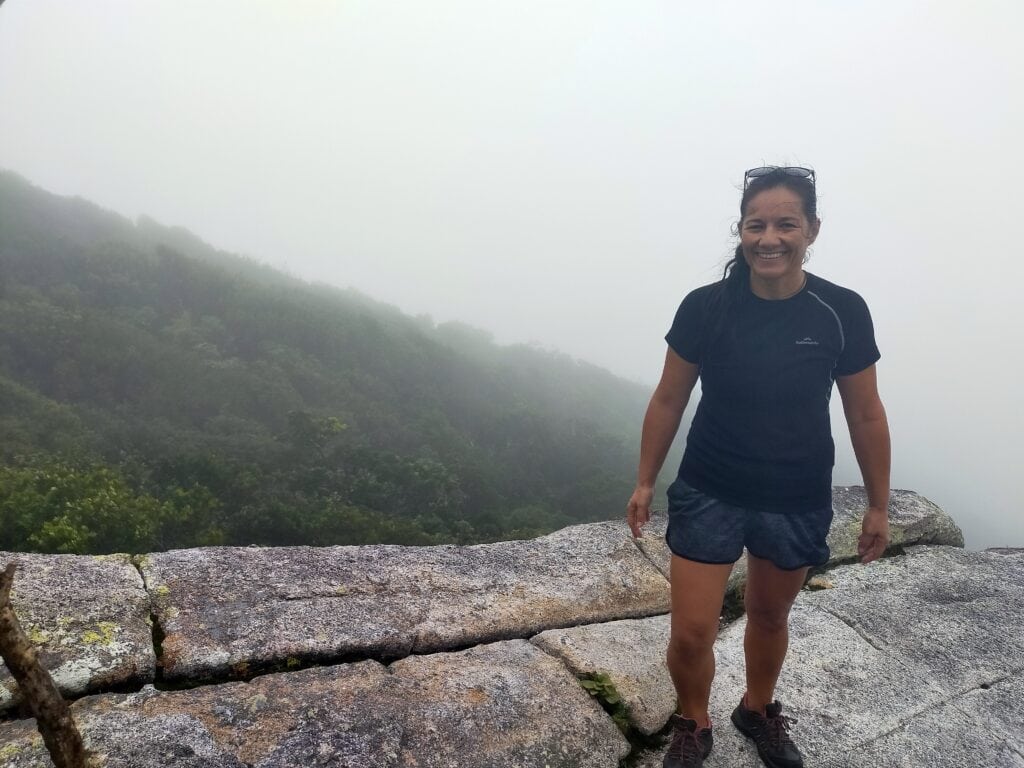
- Avoid driving at dawn or dusk in Australia – Kangaroos and wildlife are most active and unpredictable during these times.
- Carry a PLB (personal locator beacon) – Unlike some GPS devices, PLBs are registered and used for serious emergencies.
- Know your route and road conditions – Check closures and weather updates regularly.
- Carry extra water, food, and fuel – Never assume you’ll find supplies on the road.
- Let someone know your exact plan – Not just your destination, but estimated arrival times and routes.
For more on how I stay safe in isolated places, check out my Outback Australia Road Trip Guide.
Smart Packing
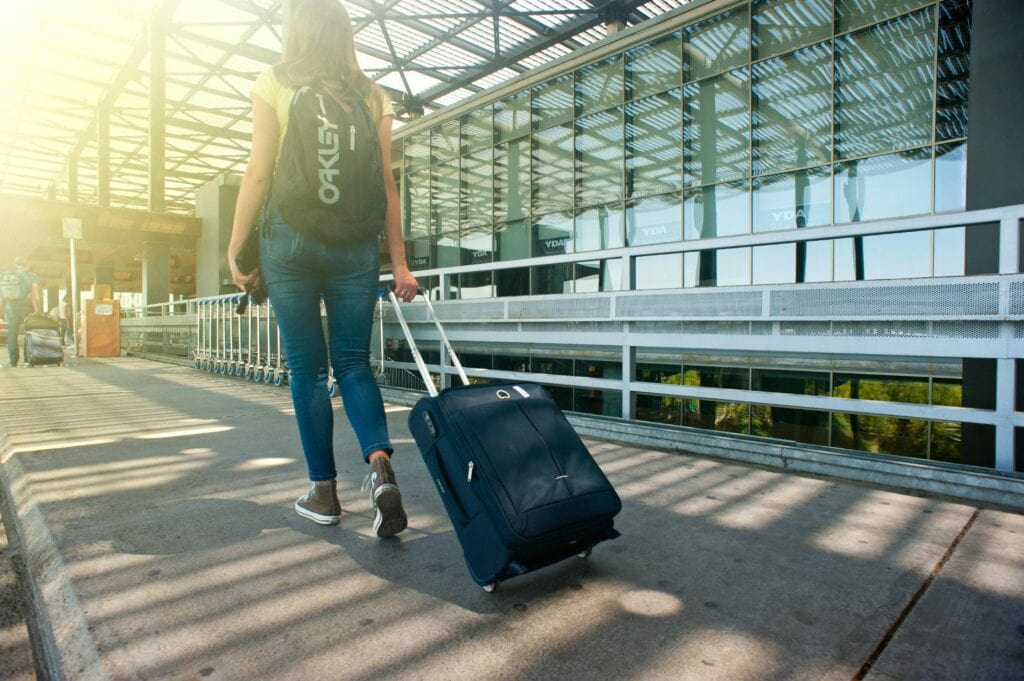
- Pack light – You can always buy what you need. Stick to versatile layers and fabrics that dry fast and pack small.
- Travel insurance is non-negotiable – It’s peace of mind. Look for a policy that covers theft, medical, and trip cancellations.
- Photocopy or scan your documents – Keep digital backups of your passport, ID, insurance, and cards in your email or secure cloud storage.
- Bring a universal sink stopper – Handy for doing laundry in your room, especially during long trips or off-grid stays.
- Carry emergency cash – Store it in a separate spot from your wallet, like a hidden pocket, travel belt or somewhere in your car.
- Pack a dummy wallet – Keep expired cards and a small amount of cash in a spare wallet to hand over if needed.
- Bring a portable charger – Your phone is your safety net, so don’t risk running out of power.
- Use a crossbody bag with zippers – Keeps your essentials close and deters opportunistic theft.
- Choose neutral clothing – Helps you blend in and respect local norms. Avoid flashy logos or anything that screams “tourist.”
- Include a compact first-aid kit – Think basics: painkillers, plasters, antiseptic, and anything personal you might need on the go.
- Prioritise function over aesthetic – I love style, but when it comes to gear, I go for what works. If it’s waterproof, multi-use, or saves space, it goes in. If it’s cute but useless, it stays home.
Emotional Wellbeing & Mindset
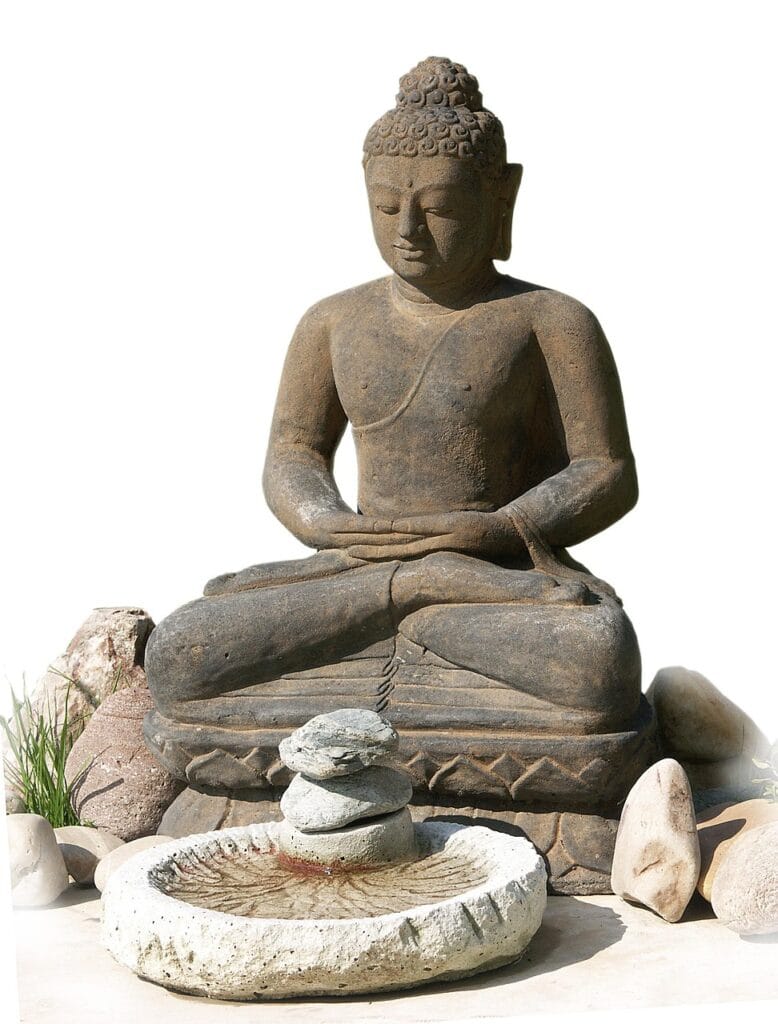
20. Stop chasing ‘productive’ travel – You don’t need to justify your trip with a full itinerary. Resting is a valid activity—especially if it helps you recharge.
21. Give yourself space to feel – Emotional ups and downs are part of it. I make room for them, recognize them instead of trying to “stay positive” all the time.
22. Daily meditation matters – I try to meditate every day, even if it’s just five minutes. It helps keep perspective on the road.
23. Move your body regularly – Travel can throw off your rhythm. I make it a point to move—walk, stretch, swim, hike. I don’t follow a strict routine, but I listen to my body and prioritise what it needs.
24. Look after your mental health like your physical health – If you feel lonely, anxious, or low, don’t ignore it. Those feelings are valid. I give myself space, talk to someone , or take time out to breath.
25. Being alone doesn’t mean being lonely – Most of the time, I genuinely enjoy my own company.
26. Create simple routines – When everything else is unfamiliar, small rituals bring stability. Coffee, journaling, meditation, knitting – whatever works for you.
27. Be intentional with what you consume – I avoid anything that drains my energy: doom scrolling, chaos in any form, and people who don’t add value to my life.
28. Let emotions move through you – Solo travel surfaces emotions you didn’t expect. Rather than resisting them, I try to let them come, and go.
29. Connect when you need to – Connection matters. I message friends, join group tours when I want company, or just chat with fellow travelers. It’s enough.
30. Traveling solo doesn’t mean being alone — it means surrounding yourself with people you haven’t met yet. Every journey brings new connections, unexpected kindness, and shared moments with strangers who often feel like old friends.
Navigation & Tech
- Use offline maps – Apps like Maps.me are game-changers.
- Download local transport apps – Saves time and stress.
- Use Google Translate’s camera feature – Instantly read menus and signs.
- Keep your phone charged – Always have access to GPS and contacts.
- Research local emergency numbers – Know how to get help fast.
- Use a local SIM or eSIM – Reliable data is a must.
- Avoid public Wi-Fi for banking – Use a VPN if needed.
- Bookmark key places in advance – Accommodations, embassies, etc.
- Set up Find My iPhone / Android location sharing – Just in case.
- Save your accommodation address offline – You might need it when you can’t connect.
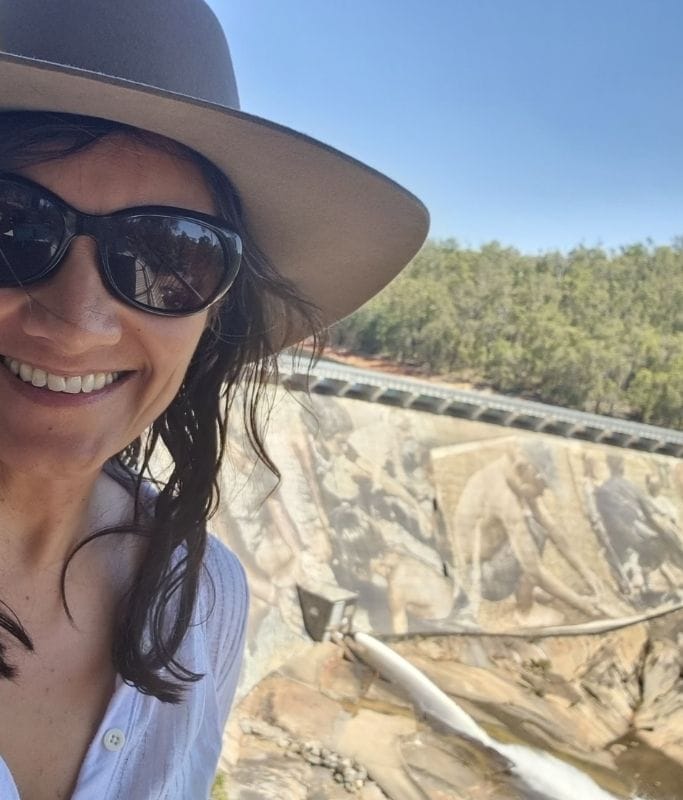
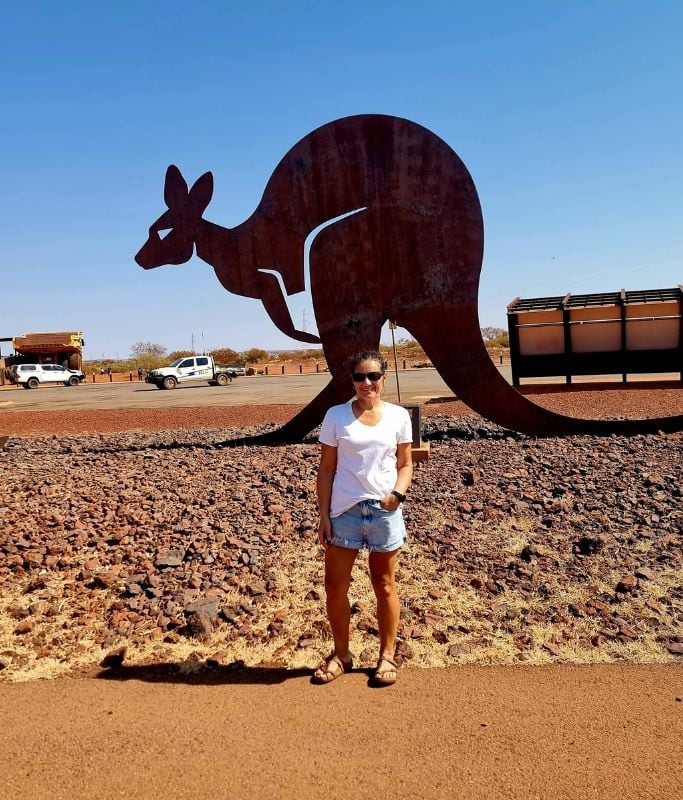
Conscious Travel & Personal Grow
- Plan for your energy, not just your itinerary – I used to overload my days with things to see and do. Now, I plan around how I feel. Some days I sit in my hammock, others I do absolutely nothing. That’s freedom.
- Be a respectful guest – Whether you’re on traditional lands, in sacred spaces, or just someone’s hometown, travel with humility. Learn a little, listen a lot, and leave no trace.
- Spend with intention – I try to support local, women-run, or Indigenous-owned businesses where I can. Your dollars are votes—spend them on the kind of world you want to support.
- Adapt how you dress – Dressing with cultural awareness isn’t about losing your identity—it’s about showing respect. It also helps avoid unwanted attention and shows you’ve done your homework.
- Stay present – I regularly step away from my phone—especially when watching sunsets, walking through markets, or having a meal. I want the memory in my body, not just my camera roll.
- Start or end your day with intention – I often read something grounding in the morning (Eckhart Tolle, Deepak Chopra), or write a few thoughts before bed. It keeps me rooted, no matter where I am.
- Create your own safety rituals – From checking locks to scanning routes before I leave, I’ve developed habits that make me feel safe without thinking twice. Find what makes you feel secure, and make it a routine.
- Reflect often, even briefly – One line a day. A thought on the train. A deep breath before dinner. These mini-reflections help me stay connected to what matters—and avoid autopilot travel.
- Welcome the unexpected – Things will go off-script. That’s part of it. I’ve learned to meet change with curiosity instead of control. That shift has made travel—and life—less stressful.
- Prepare to return changed – Re-entry into your old world will feel weird. Things at home may feel too loud, too rushed, too the same, or even too… much. Give yourself time to integrate. Not everything has to make sense right away.
Final Thoughts
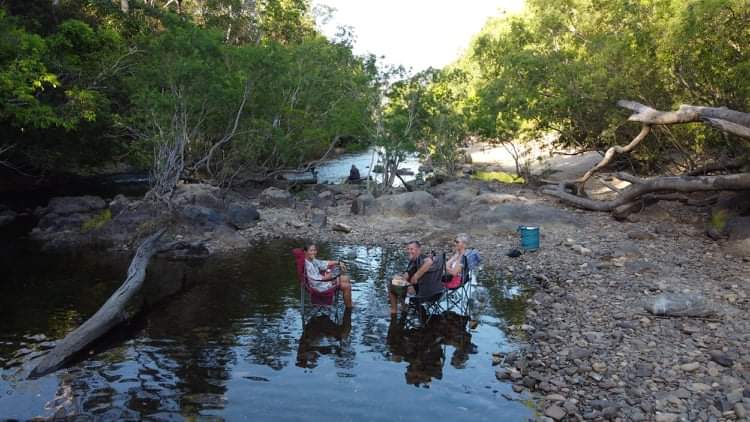
Solo travel as a woman isn’t about being fearless—it’s about being prepared, aware, and open to the world. With the right tools, mindset, and safety habits, solo adventures can be deeply empowering. Trust yourself, plan smart, and let the world show you what you’re capable of.
Just have fun!
